Introduction
Sweet potato stir-fry, a beloved dish in many Asian cuisines, is renowned for its crispy texture and the delicate, golden sugar threads that glisten like edible spiderwebs. However, achieving that perfect “pull”—where the sugar syrup stretches into long, silken strands—can be frustratingly elusive. Many home cooks find themselves asking, Why can’t I get my sweet potato stir-fry to form those iconic threads? The answer lies in a delicate balance of ingredients, temperature control, and technique. This article dives deep into the science and art of sweet potato stir-fry, uncovering the common pitfalls that prevent sugar threads from forming and offering actionable solutions to elevate your dish.
The Science Behind Sugar Threads
To understand why your sweet potato stir-fry isn’t pulling threads, it’s essential to grasp the chemistry of sugar caramelization. When sugar is heated, it undergoes a series of transformations: melting, caramelization, and eventually, recrystallization. The “threads” form during the recrystallization phase, where the sugar molecules realign into a fragile network. This process requires precise temperature management and the right ratio of ingredients. If any step is rushed or mishandled, the sugar may burn, harden into clumps, or remain too liquid to form threads.
Common Culprits Behind Failed Threads
-
Incorrect Sugar-to-Potato Ratio
The foundation of a successful stir-fry is balance. Using too little sugar will leave the syrup too thin to coat the potatoes, while excess sugar can cause the mixture to harden prematurely. A general guideline is 1:2—one part sugar to two parts sweet potato by weight. However, factors like potato moisture and stove power may require adjustments.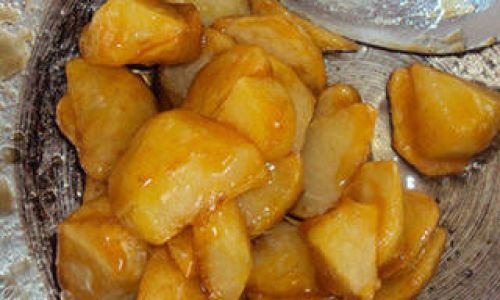
-
Inadequate Temperature Control
Temperature is the most critical variable. If the oil is too hot when frying the potatoes, the exterior may burn before the interior cooks, releasing excess moisture that disrupts the sugar’s caramelization. Conversely, if the sugar syrup isn’t heated to the correct stage (typically 290–310°F or 143–154°C for the “hard crack” stage), it won’t achieve the right consistency for threading. -
Poor Potato Preparation
Sweet potatoes vary in moisture content. If not properly dried after slicing, residual water can seep into the oil during frying, lowering the temperature and causing the sugar to seize. Additionally, unevenly cut potatoes may cook unevenly, leading to inconsistent textures that prevent uniform sugar adhesion. -
Rushing the Caramelization Process
Patience is key. Adding sugar too early or stirring aggressively can cool the mixture, halting caramelization. Similarly, removing the pan from heat too soon leaves the sugar in a soft, tacky state that won’t pull threads. -
Using the Wrong Type of Sugar
Not all sugars are created equal. Granulated white sugar is ideal for its neutral flavor and predictable caramelization. Brown sugar, with its molasses content, may add complexity but can also introduce impurities that interfere with thread formation. Avoid powdered sugar, which contains anti-caking agents that prevent crystallization.
Step-by-Step Solutions for Flawless Threads
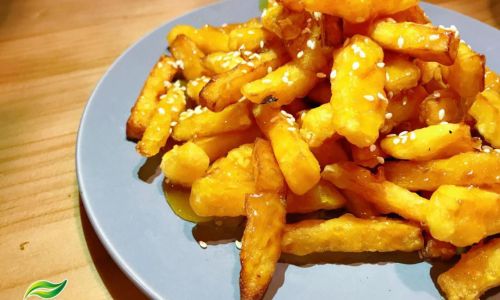
-
Prep Like a Pro
- Slice Uniformly: Cut sweet potatoes into even, ¼-inch thick strips to ensure even cooking.
- Dry Thoroughly: Pat slices with paper towels to remove excess moisture. For extra assurance, let them air-dry for 15 minutes.
- Double-Fry Technique: First, fry potatoes at 325°F (163°C) until tender but not browned. Remove, let cool, then refry at 375°F (190°C) until golden and crisp. This removes moisture and creates a porous surface for sugar adhesion.
-
Master the Sugar Syrup
- Use a Heavy-Bottomed Pan: Distribute heat evenly to prevent hotspots.
- Heat Gradually: Combine sugar and a splash of water (1:1 ratio) over low heat. Swirl—do not stir—until the sugar dissolves. Increase heat to medium-high once bubbles form.
- Monitor Color: The syrup should transition from cloudy to clear, then to a light amber hue. Overcooking yields bitterness; undercooking leaves it grainy.
-
Temperature Precision
- Invest in a Candy Thermometer: Clip it to the pan to track the syrup’s temperature. For threads, aim for 290–310°F (143–154°C).
- Cold Water Test: Without a thermometer, drop a small amount of syrup into ice water. If it forms hard, brittle threads that snap when bent, it’s ready.
-
The Thread-Pulling Technique
- Timing is Everything: Once the syrup reaches the target temperature, immediately toss in the fried potatoes. Coat evenly, then transfer to a parchment-lined tray.
- Stretch with Confidence: Using two forks, gently lift and pull the potatoes apart. The sugar should stretch into thin, shimmering strands. If it clumps, the syrup is too cool; if it’s runny, it’s too hot.
Troubleshooting Guide
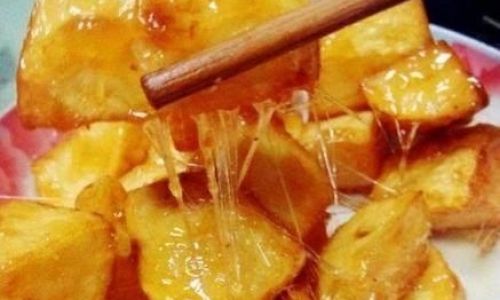
-
Problem: Sugar Clumps Instead of Threads
Solution: The syrup likely cooled too much. Reheat gently over low heat until it becomes fluid again, then retry the pulling technique. -
Problem: Threads Break Immediately
Solution: The syrup was overcooked. Reduce heat next time and remove the pan slightly earlier. -
Problem: No Threads, Just a Sticky Mess
Solution: The potatoes released moisture into the syrup. Ensure they’re thoroughly dried and double-fried. -
Problem: Burnt Flavor
Solution: Lower the heat and monitor the syrup more closely. Use a timer to avoid distractions.
Advanced Tips for Perfect Results
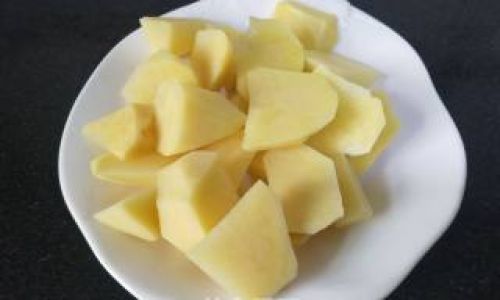
- Add a Touch of Acid: A splash of lemon juice or vinegar (½ teaspoon per cup of sugar) can help stabilize the syrup and prevent premature crystallization.
- Incorporate Starch: Tossing the fried potatoes in a light cornstarch coating before adding sugar can absorb excess moisture and improve adhesion.
- Experiment with Flavors: While traditional recipes use plain sugar, try adding a pinch of cinnamon, toasted sesame seeds, or a drizzle of honey for depth.
- Presentation Hacks: For restaurant-quality threads, use chopsticks or a whisk to flick the syrup into fine strands over the potatoes.
The Role of Oil Quality
The type of oil used affects both frying and thread formation. Neutral oils like canola or peanut oil have high smoke points, making them ideal for frying. Avoid olive oil, which can impart bitterness at high temperatures. After frying, ensure the oil is strained and cooled properly to maintain its quality for future use.
Cultural Significance of Sweet Potato Stir-Fry
Beyond its culinary appeal, sweet potato stir-fry holds cultural significance in festivals and family gatherings. The act of pulling threads symbolizes unity and longevity, making it a staple at celebrations. Mastering this dish connects you to a centuries-old tradition of precision and patience.
Conclusion
Creating flawless sweet potato stir-fry with gossamer threads is a testament to culinary skill and attention to detail. By addressing sugar ratios, temperature control, and preparation techniques, even novice cooks can achieve professional results. Remember that practice makes perfect—each failed attempt is a step toward mastering the delicate dance of sugar and heat. Embrace the process, savor the sweetness of success, and soon, your kitchen will be adorned with the shimmering beauty of perfectly pulled threads.
Final Thoughts
If you’ve struggled with stubborn sugar that refuses to cooperate, take heart. The journey to thread-pulling perfection is filled with valuable lessons in patience and precision. Start with small batches, document your adjustments, and don’t shy away from experimentation. With time, you’ll not only answer the question Why can’t I pull the threads? but also inspire others to embark on their own culinary adventures. Happy cooking!
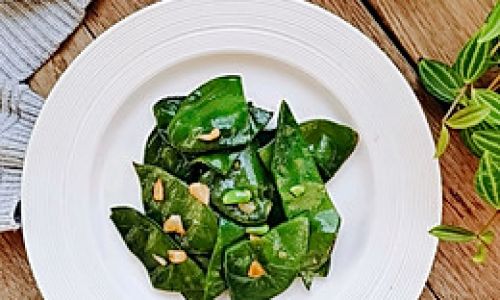
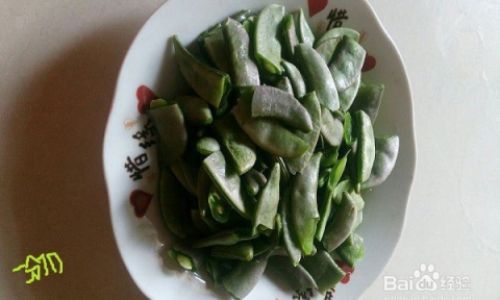
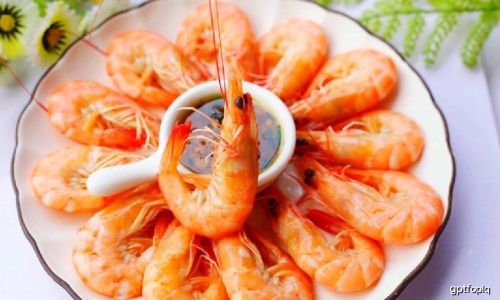
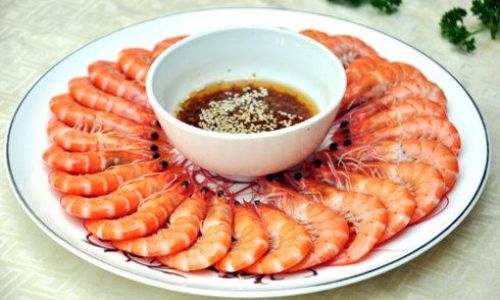
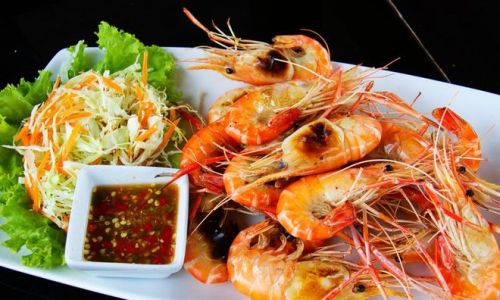
0 comments